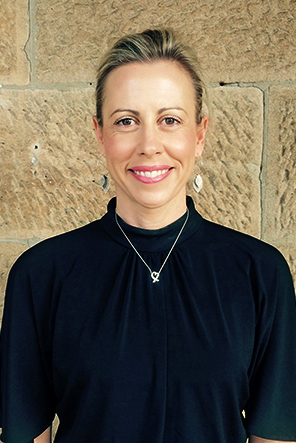KATE CROSBIE & HEIDI DOUGLASS | h.douglass@unsw.edu.au
A systematic review by researchers from the Centre for Healthy Brain Ageing (CHeBA) at UNSW Sydney found that only a small range of markers are used to identify cerebrovascular disease (CVD) burden. The study published in Neurology noted that validated composite indices using multi-modal neuroimaging measures, are needed to better reflect the true burden of the disease.
Lead author and CHeBA PhD student, Dr Matt Paradise, said that despite the significance of CVD, there are no widely accepted criteria for quantifying the total burden of the disease, either using neuroimaging or neuropathologic measures.
“There has been limited exploration of the properties of published indices and no comparison between indices,” said Dr Paradise. “Better estimation of the burden of CVD could have multiple benefits in the diagnosis and prognosis of cognitive impairment and dementia.”
The review, which examined twenty-five existing studies of neuroimaging and neuropathologic indices, found that the majority of imaging studies used a limited number of traditional individual markers of CVD, mainly from structural MRI scans. The studies also failed to utilise data from a range of other, more sensitive imaging types, such as diffusion tensor imaging (DTI).
CVD is a leading cause of morbidity and mortality; with vascular dementia now the second most common type of dementia. CVD encompasses both large vessel disease, such as stroke and vascular dementia, and small vessel disease which is increasingly understood to play a role in the progression of dementia. Importantly, vascular pathology might be a modifiable risk factor for dementia, with influences such as midlife hypertension, diabetes, obesity and smoking, contributing to rates of the disease.
CVD is difficult to quantify in the brain due to the multitude of different lesion types which may be present, many of which are common in the normal aged population and may represent overlapping pathologies. There are also challenges in reliably quantifying many of the lesions seen on structural MRI.
However, Dr Paradise said that the findings from the review were encouraging for improving estimates of cerebrovascular disease burden in future, although more research was needed.
“This review provided evidence that data from multiple imaging measures provide more information and are more reliable than using a single measure. It also highlighted current gaps in the field, so researchers can go on to construct better indices in the future, ultimately to benefit patients and their families.”




